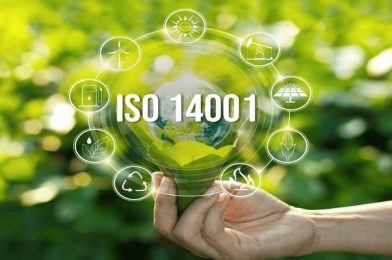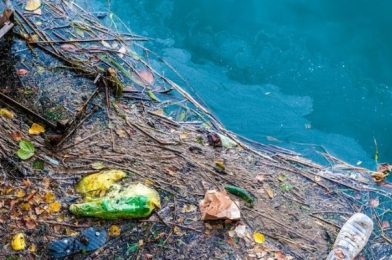
Course Description
This four (4) hour course will provide you with an introduction into the ISO 14001:2004 and Environmental Management Systems (EMS). This course is designed for individuals seeking a basic understanding of the ISO 14001:2004 EMS standard, and provides each student with a detailed overview of its’ principles and requirements This course discusses the clauses of ISO 14001 in detail and illustrates how ISO 14001can help organizations effectively maintain an environmental management system and improve environmental performance. The course also discuss ISO protocols related to clean air, clean water, hazardous waste, solid waste, storage tank, toxic substance, and petroleum oil and lubricants.
How You Will Benefit
- Understand the Basic Concepts of ISO 14001.
- Understand the Plan-Do-Check-Act Process of ISO 14001.
- Comprehend the Terminology of Environmental Management Systems.
- Understand the Relationship between Key Clauses of ISO 14001.
- Understand and comply with the EMS/ISO 14001 protocols.
- Understand the key elements of EMS/ISO 14001.
- Understanding Environmental Aspects and Impacts.

Course Description
EPA regulates point sources that discharge pollutants (from both storm water and non-storm water) into waters of the United States through provisions of the Clean Water Act known as the National Pollutant Discharge Elimination System (NPDES) program. This course will provide you with an in-depth overview and understanding of this program, in addition to, examining the latest processes and requirements for both types of construction permits (Army Corps 404 and NPDES stormwater 402) and also the standard water quality operating permits (process wastewater NPDES and industrial stormwater MSGP NPDES).
Course attendees will become familiar with the history and requirements of the NPDES program and learn to determine which projects, activities, or systems require coverage under an NPDES permit. We will examine how to properly complete permits for submission to regulatory agencies, including preparation of SWPPP and Section 404 permit programs and review the requirements for municipal and construction NPDES Phase II Storm-water permits.
How You Will Benefit
- Who needs to apply for permits?
- Techniques for simplifying the permit preparation process.
- Learn when/where BMP’s should be implemented.
- Understand Technology Based Effluent Limits and Total Maximum Daily Load (TMDL)
- Identify several features common to the federal pollution control statutes that regulate the Corps. In particular, students will be able to identify the sanctions which are applicable under the pollution control statutes and the principles under which they are imposed.
- Identify major programs under the Clean Air Act and the basic requirements they impose.
- Identify when an NPDES permit is required and the basic requirements that this program imposes.
- Describe in words the potential impact of pollution on aquatic life.
- List the major types of common pollutants to surface water.
- Describe in words the impacts associated with the major types of common pollutants.
- Describe in words NPDES and how it is related to waste-water treatment plants.
- Learn the origins of the NPDES storm-water permitting programs and requirements, as well as preview any new rules.
- Learn the requirement and procedure of Section 404 Permit.
- Implement Best Management Practice in construction projects.


